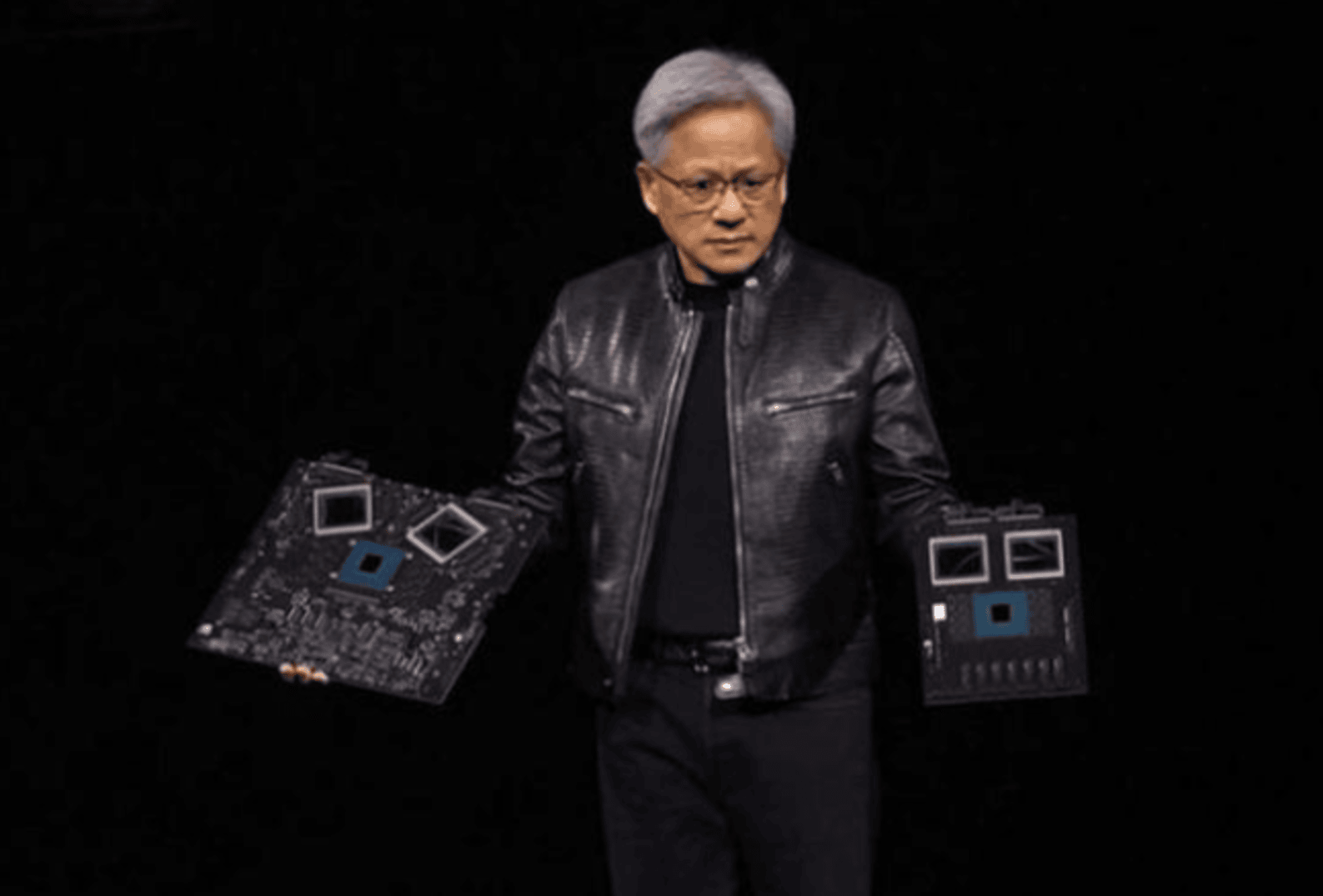
Indias Bold AI Leap Key Steps to Lead. Jensen Huang’s Keynote in Mumbai
His keynote at AI Summit India stressed the need for India’s own AI infrastructure. He praised India’s history in software and its tech talent as unmatched. Indias Bold AI Leap Key Steps to Lead
NVIDIA’s Expanding Presence in India

His keynote at AI Summit India stressed the need for India’s own AI infrastructure.
A Major Data Center Initiative
Plans for a 1-gigawatt data center in Gujarat show NVIDIA’s ambition. This center will feature advanced AI technology, including NVIDIA’s Blackwell chip.
Collaboration with Indian Companies
The massive population makes India attractive to global tech companies.
Global Implications of Huang’s Focus
Huang’s interest could inspire other semiconductor giants. Companies connected with NVIDIA may consider their next moves.
Potential for Semiconductor Growth in India
India has approached semiconductor firms, including Samsung. Challenges like infrastructure and water shortages have been obstacles. India’s potential for semiconductor growth is becoming increasingly prominent as the country strives to position itself as a significant player in the global chip industry. With a vast market of 1.4 billion people and a strong foundation in software and IT services, India has the groundwork needed for building a robust semiconductor ecosystem. The government’s recent initiatives and strategic policies are aimed at enhancing local manufacturing capabilities and reducing reliance on imports, setting the stage for exponential growth.
One of the key drivers behind this potential is India’s expanding pool of highly skilled engineers and tech professionals. The nation has long been known for its expertise in software development, but there is now a growing emphasis on hardware and semiconductor design. Training programs, partnerships with educational institutions, and international collaborations are beginning to focus on developing specialized skills in chip manufacturing and electronics engineering.
Past and Ongoing Proposals to Samsung
India has been keen on bringing Samsung on board for local factories. Although past requests were declined, interest from both sides continues. India’s ambition to establish itself as a hub for semiconductor manufacturing has included multiple overtures to industry leaders like Samsung Electronics. Over the years, the Indian government and regional authorities have presented numerous proposals aimed at enticing Samsung to set up manufacturing plants in the country. These proposals reflect India’s commitment to becoming a vital part of the global semiconductor supply chain, addressing the increasing demand for chips amid a rapidly digitizing world.
Initial attempts date back to 2014, when India first invited Samsung to establish a semiconductor plant. However, the proposal did not materialize, as Samsung cited its focus on existing projects, including extensive expansions in South Korea. Despite this initial setback, India did not relent. Authorities continued their outreach, emphasizing the potential advantages of tapping into India’s vast talent pool, cost-effective labor, and strategic geographical position.
In April 2022, Tamil Nadu’s Chief Minister, M.K. Stalin, made another notable attempt by directly requesting Samsung to consider building a semiconductor facility in the state through its local subsidiary. Although Samsung again declined, citing its commitment to building new semiconductor plants in South Korea and projects in Texas, India’s determination remained undeterred. These ongoing proposals demonstrate not only the strategic importance of attracting global tech players but also the competitive landscape of the semiconductor industry.
The backdrop of these interactions includes India’s ongoing improvements in infrastructure and policy incentives designed to make the country a more appealing investment destination. While concerns such as water scarcity and logistics continue to pose challenges, the Indian government has been proactive in addressing these issues, showcasing a long-term vision to become a global semiconductor powerhouse.
The dialogue between India and Samsung underscores a broader narrative: India’s unwavering pursuit of significant investments in technology and manufacturing, setting the stage for a potential future breakthrough in this sector.
Conclusion
India’s ambition for AI leadership aligns with Huang’s vision. The world watches as India takes strategic steps to solidify its position. India’s aspirations in the tech sector are reaching new heights, bolstered by the growing global recognition of its potential as an AI leader. His acknowledgment of India’s established history in software development, paired with its vast pool of tech talent, sets the stage for a future where India not only contributes to AI advancements but becomes a significant exporter of AI solutions.
NVIDIA’s strategic investments in India, exemplified by its offices and the planned 1-gigawatt data center in Gujarat, reflect the increasing value the country holds for global tech giants. This data center, which will house NVIDIA’s Blackwell chip, symbolizes not just technological progress but also a move toward self-reliant infrastructure. Such initiatives support Huang’s vision of India as a key player in the global AI ecosystem.
However, the implications extend beyond NVIDIA. Huang’s focus on India may serve as a catalyst for other major semiconductor companies to reassess their positions regarding the Indian market. As the Indian government continues to encourage such investments, other tech leaders may see an opportunity to diversify and expand their production capabilities. This possibility is particularly significant as industries like renewable energy and digitization grow alongside AI technologies.
Challenges do remain, such as infrastructure limitations and water scarcity, which have previously deterred some companies from committing fully to Indian projects. Yet, with the nation’s proactive outreach and persistent attempts to attract semiconductor giants like Samsung, it is clear that India is determined to overcome these hurdles.
By capitalizing on strategic partnerships and leveraging its tech prowess, the country is positioning itself as a formidable player in the global AI race. The coming years will reveal how effectively India can harness these opportunities to solidify its status as a leader in artificial intelligence.







